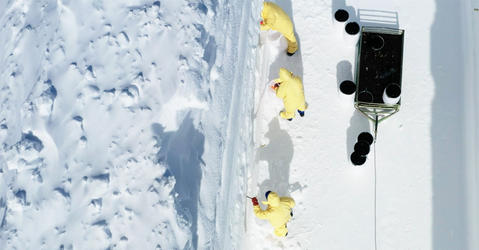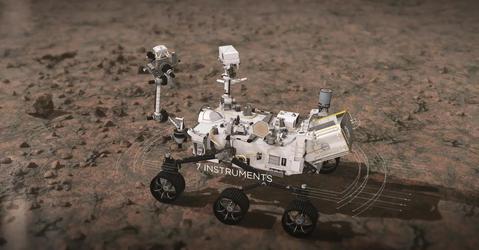You are here
Recent Videos
Because of its geographical location, pristine expanses and animal populations, the Antarctic has been a prized location for scientific research over the past few decades. Severely impacted by...
From the Neolithic period to modern times, from cattle plague to SARS-CoV-2, the emergence of new infectious diseases has often been the result of changes that mankind has inflicted on the...
Birds are an increasingly rare sight in our cities. In this report, researchers from the Centre for Biological Studies of Chizé (CEBC) investigate the problems – noise, light, lack of food – that...
Eleven churches carved from a rock, centuries of history and a mystery that remains. An ambitious research programme tries to unveil the complex past of Lalibela, the largest christian site in...
In this animated video, discover the SuperCam instrument, developed by teams from the CNRS, the CNES and their French and international partners, and embarked on the Perseverance which landed on...
Waterproofing, fire-proofing and non-stick coating. These technologies bring safety and comfort to our daily lives, but are based on chemicals called per and polyfluoroalkyl substances or...








